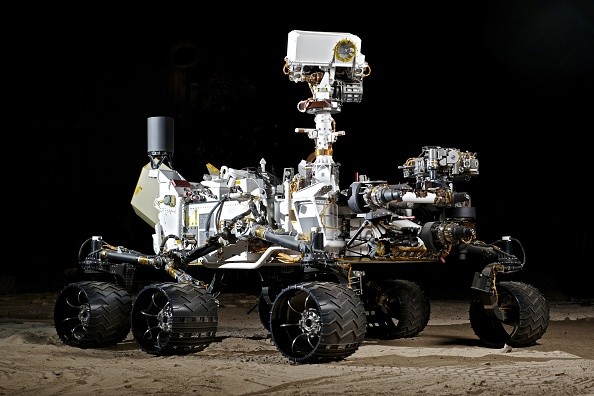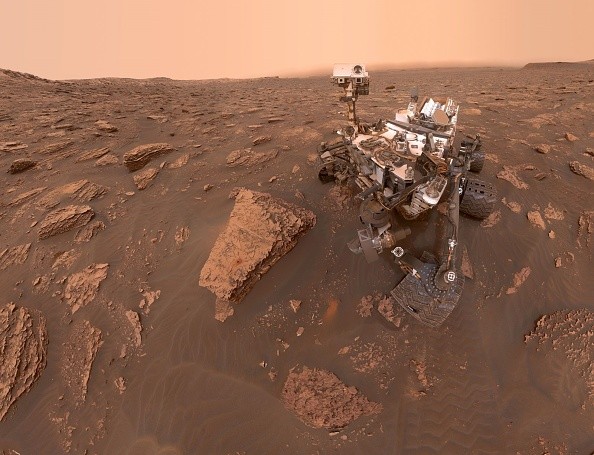NASA is celebrating the 9th anniversary of the Curiosity Rover's landing on Mars, which has now put its mission as the second-longest on the Red Planet after Opportunity's, which lasted for an astounding 15 years.

The agency announced on their official website, stating the Curiosity Rover's first landing on Mars on August 5, 2012. Since then, the rover has been hard at work exploring the planet's surface, and it has come to discover a lot of interesting things about Earth's rust-covered neighbor.
NASA launched the rover back in November 2011, eventually landing it in a safe-enough on the spot called the Gale Crater over a year later, writes Space.com.
The agency's Jet Propulsion Laboratory managed the entire mission, which was considered one of the costliest in modern history at an insane $3.2 billion, writes WeForum.org. Around $2.5 billion of that budget went to the Mars rover alone. This put it in second place among the costliest Mars missions to date, only being eclipsed by the Viking 1 & 2 missions from 1975, which cost $7.1 billion in total.
Even now, when NASA's current Red Planet mission involves the headline-grabbing Ingenuity helicopter, the SUV-sized Curiosity is still doing what it does best: map out the dusty frontier of Mars in any way it can.
Read also: NASA Curiosity Rover Presents the Earth with Rare, Breathtaking Photos of Iridescent Clouds on Mars
NASA Curiosity Mission: Nine Years of INCREDIBLE Discoveries
Among Curiosity's biggest achievements was the discovery of an ancient stream on the planet, which suggested that the planet once had a lot of liquid water on it. According to NASA's official website for the rover's achievements, they managed to find several smooth, rounded pebbles which can only be formed by gushing liquid water in an ankle to hip-deep stream.
Yes, you read that right: a planet that is more or less dead likely had a lot of liquid water in the past. This supports multiple theories that it may have been livable at some point millions of years ago.

Another, more recent discovery made by the NASA Curiosity rover had it spotting an "unusual" rock formation at the crater where it originally landed nine years ago. The rock feature, which was seen in the Gale Crater, seemingly resembled a lizard-like life form. There were a lot of bumps and lumps on the rock, which again highlighted the likely possibility that Mars was once habitable and had liquid water. And as you should know, liquid water serves as a critical prerequisite to the existence of life as it is known on Earth.
NASA Might Be Changing Drastically for the Future, However
But even if NASA is still relying on wheeled rovers like Curiosity and the current-generation Perseverance, you might expect a drastic change in their space exploration tactics down the line.
NASA's launch of the Breakthrough, Innovative, and Game-Changing (BIG) Idea Challenge had them asking university students for new ideas on how to design planetary rovers, writes Robothusiast. This could mean that in the future, new rovers won't be using wheels like Curiosity and Perseverance. Rather, they will hop, balloon, tumble, levitate, or even slither.
Until then, Curiosity will keep doing its thing.
This article is owned by Tech Times
Written by RJ Pierce













